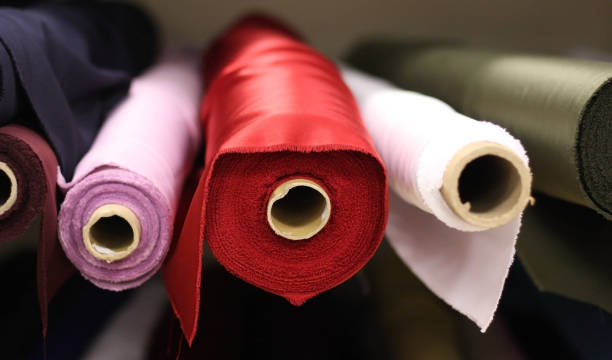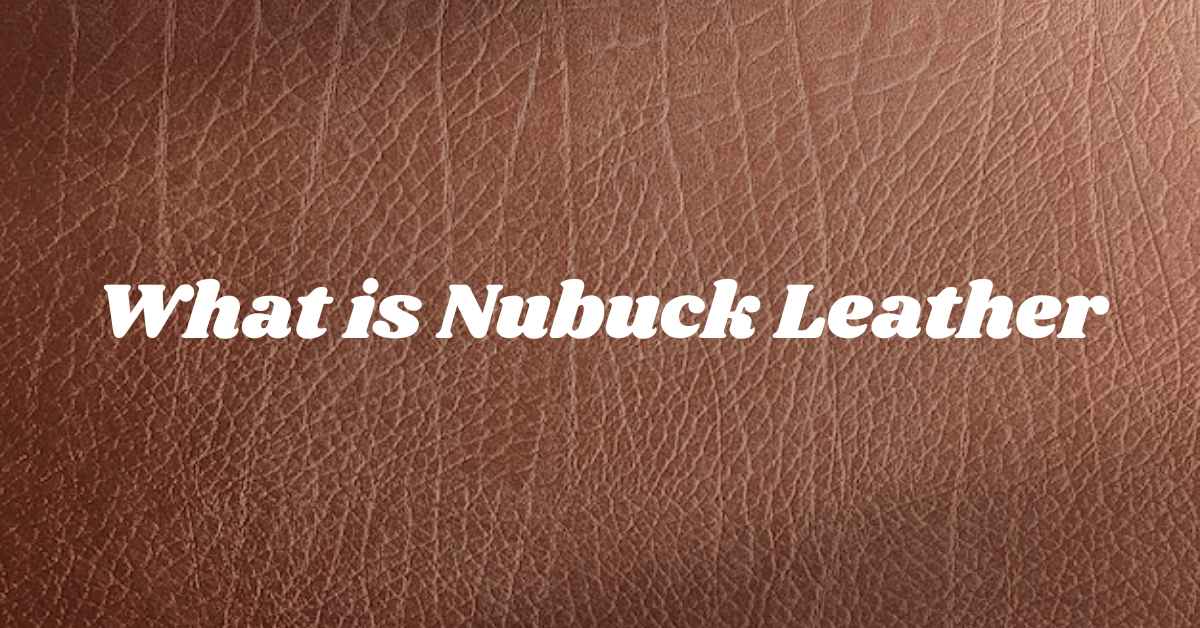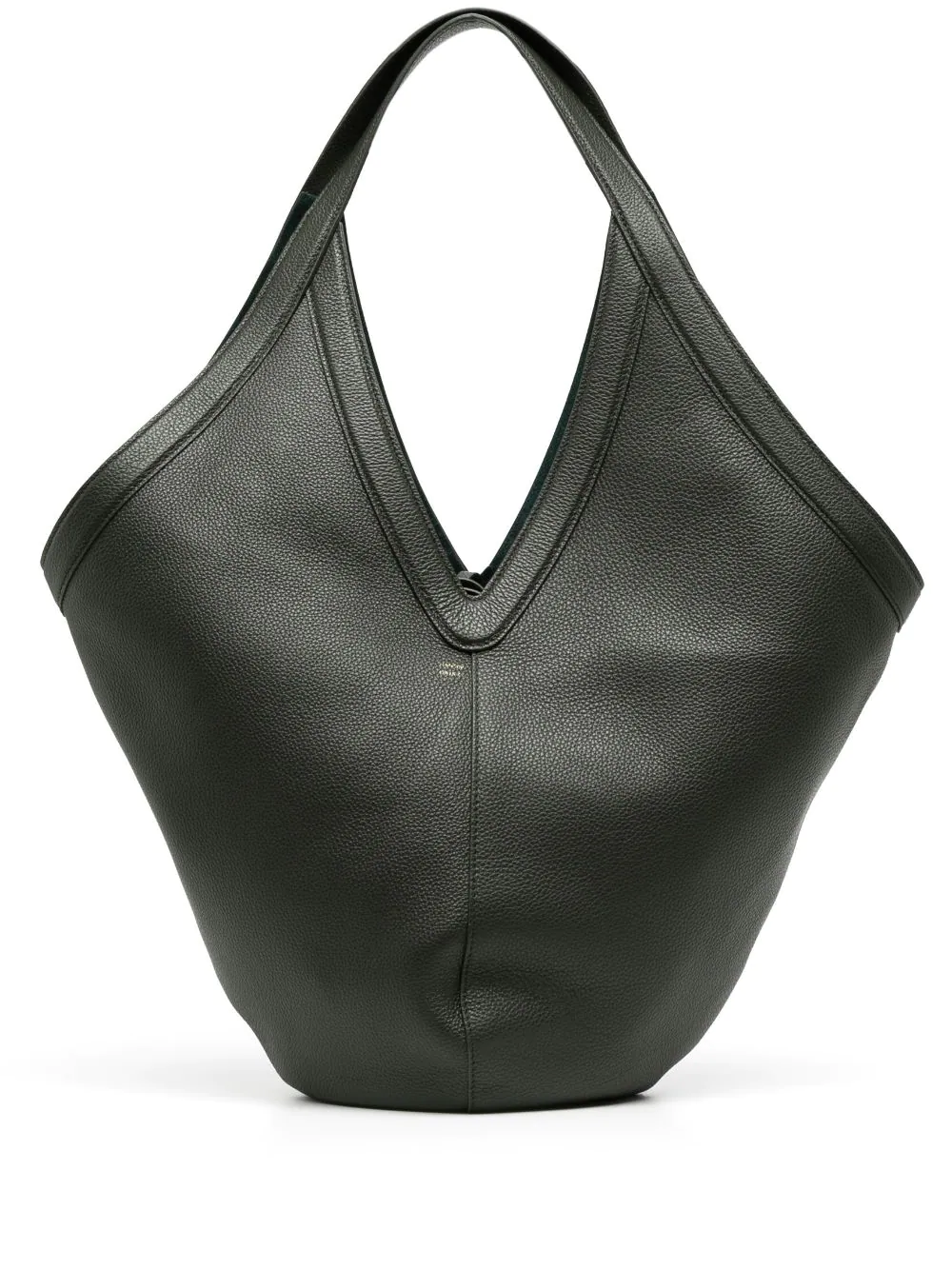Cowhide leather is a durable, natural material from unbleached cattle hide. It is prized for its strength, breathability, and ability to age beautifully.
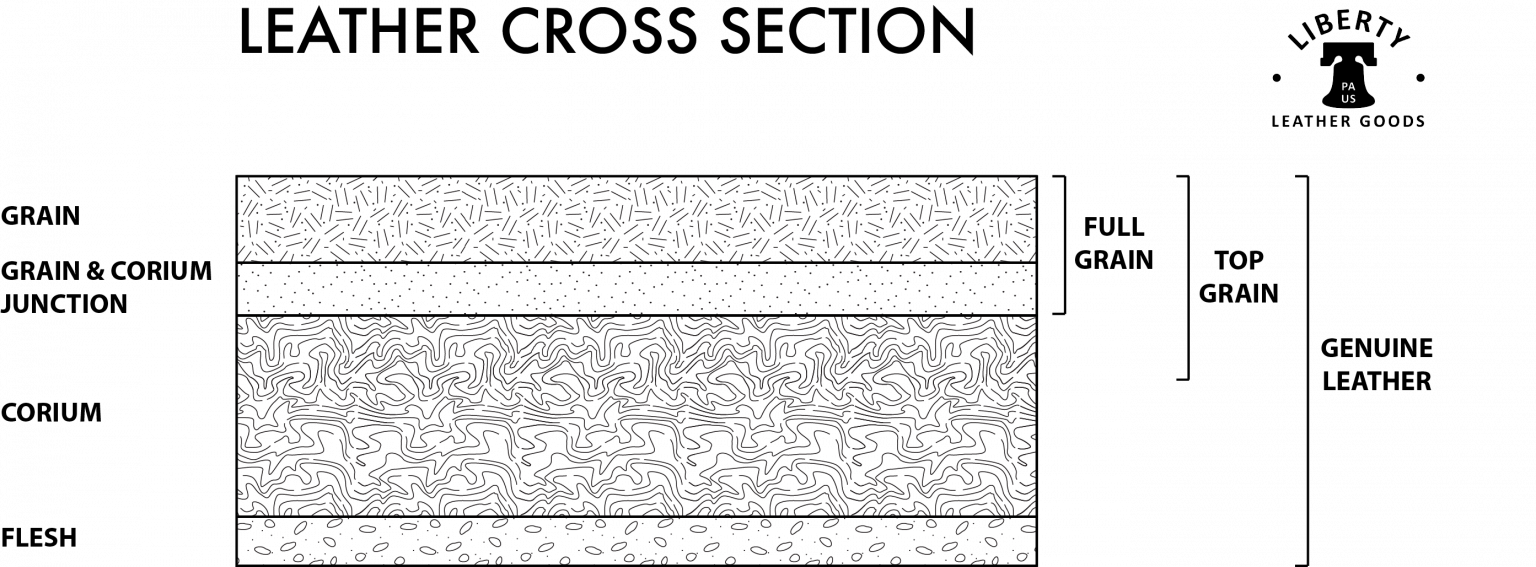
Table of Contents
- What Exactly is Cowhide Leather?
- How is Cowhide Transformed into Leather? The Tanning Process
- Understanding the Different Grades of Cowhide Leather
- Which Part of the Hide is Used? A Look at Leather Cuts
- What are the Defining Characteristics of Cowhide?
- Common Applications for Cowhide Leather
- How Do You Identify High-Quality Cowhide Leather?
- Proper Care and Maintenance for Cowhide Products
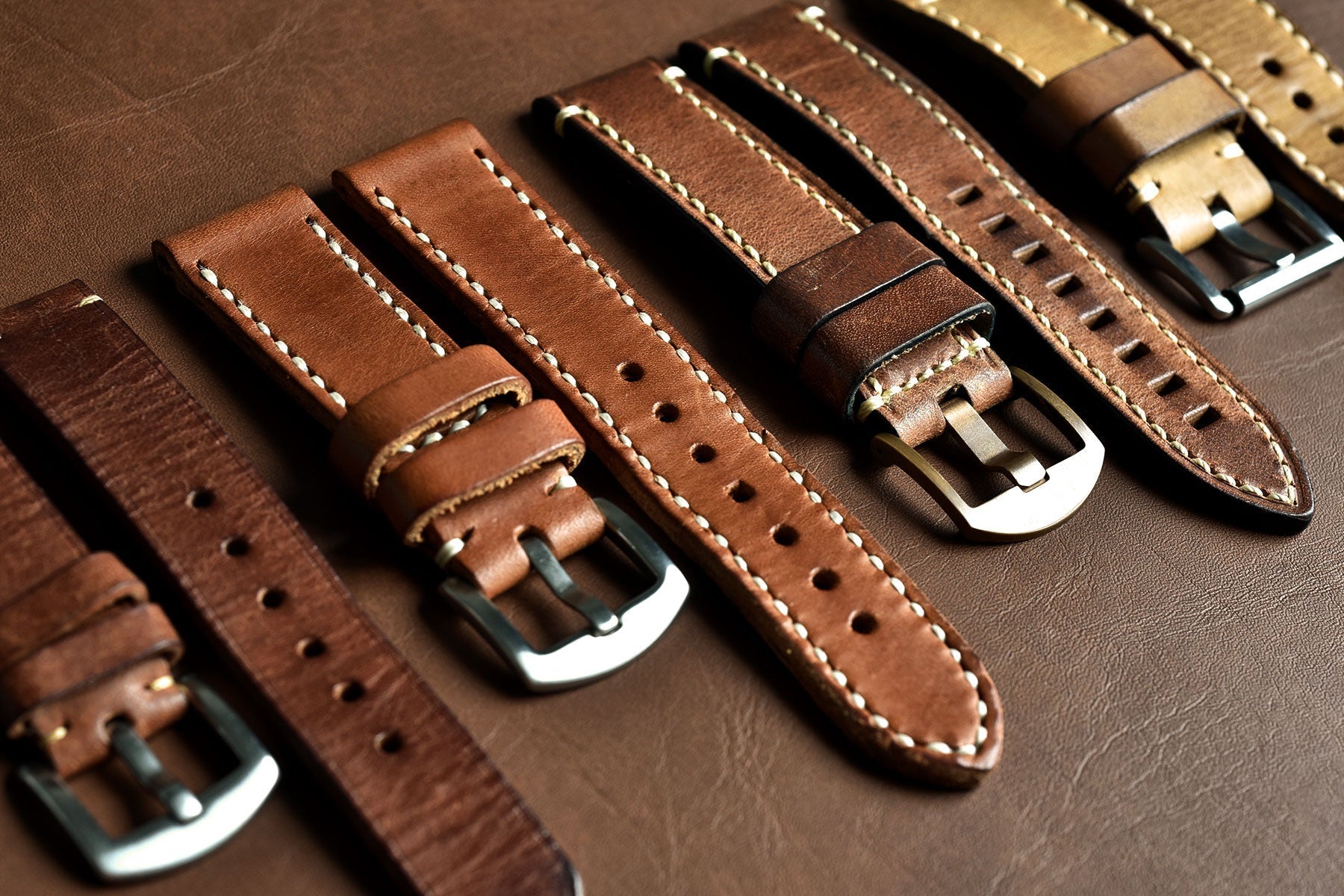
What is Cowhide Leather? Expert Guide to Quality, Grades, and Uses
What Exactly is Cowhide Leather?
Cowhide leather, also known as bovine hide, is the natural, unbleached skin and hair of a cow. It stands as one of the most widely used types of leather globally, primarily because it is a byproduct of the meat and dairy industries, making it abundant and resource-efficient. Its inherent thickness and large surface area provide a versatile and robust material suitable for a vast array of products.
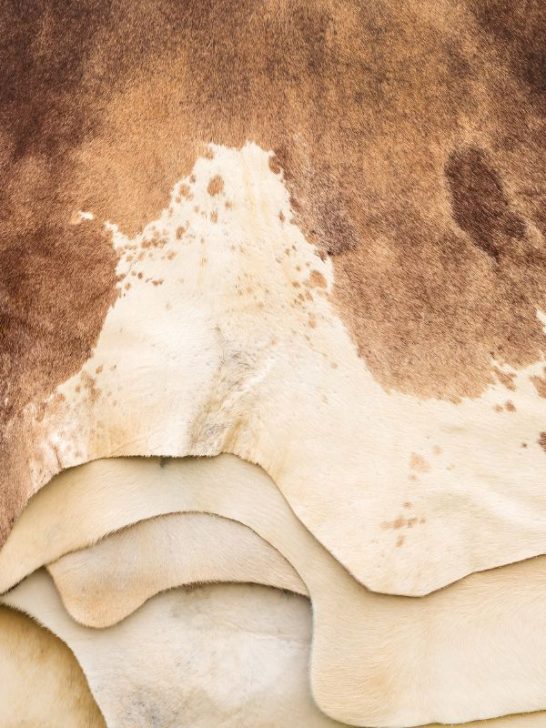
Unlike more delicate leathers like lambskin or goatskin, cowhide is celebrated for its exceptional toughness. The dense fiber structure of cattle skin contributes to a material that resists stretching, tearing, and punctures. This natural resilience is what has made it a cornerstone material for goods that need to withstand significant wear and tear, from rugged work boots to enduring furniture upholstery.
How is Cowhide Transformed into Leather? The Tanning Process
The raw hide of a cow is a perishable organic material. To transform it into the stable, durable material we know as leather, it must undergo a process called tanning. Tanning permanently alters the protein structure of the skin, preventing it from decomposing and making it resistant to moisture and microbial decay. There are two primary methods used for tanning cowhide.
The most common method is chrome tanning, which uses chromium salts. This process is fast, often completed in just a day, and produces a soft, supple leather that is stable in water and consistent in color. The other significant method is vegetable tanning, an ancient technique that uses natural tannins extracted from tree bark, wood, and other plant tissues. Vegetable tanning is a much slower process, taking weeks or even months, but it results in a firmer leather with a distinctive earthy aroma. This type of leather is renowned for its ability to develop a beautiful patina over time.
Understanding the Different Grades of Cowhide Leather
Not all cowhide leather is created equal. The quality, durability, and price of a leather product are directly determined by which layer of the hide it comes from and how it has been processed. Understanding these grades is essential for making an informed purchase.
Full-Grain Leather: The Pinnacle of Quality
Full-grain leather is the highest quality grade available. It is made from the outermost layer of the cow’s hide and includes the entire natural grain, complete with its original textures and markings—scars, insect bites, and branding marks included. These “imperfections” are not defects but rather hallmarks of genuine, high-quality leather, telling the story of the animal’s life.
Because the top grain has not been sanded, buffed, or corrected, its fibers are completely intact, making it the strongest and most durable type of leather. It breathes well and develops a rich patina over time, a beautiful sheen that emerges with use and age. This commitment to using only the finest full-grain leather is why products like those from Beldturaleather are crafted to last a lifetime, developing a unique story with every use.
Top-Grain Leather: A Balance of Purity and Perfection
Top-grain leather is the second-highest quality grade. It is similar to full-grain but has had the very top layer of the hide sanded and buffed to remove imperfections. This process creates a more uniform and smoother surface. A finish coat is often applied, which makes it more resistant to stains than full-grain leather but reduces its breathability.
While still a durable and high-quality option, top-grain is slightly less robust than full-grain because the strongest fibers from the top have been removed. It is commonly used for high-end handbags, wallets, and other goods where a flawless finish is desired.
Genuine Leather: A Misleading Term?
The term “genuine leather” can be confusing. While it is technically real leather, it is one of the lower-quality grades. It is typically made from the layers of the hide that remain after the top layers have been split off for full-grain and top-grain products. The surface is often heavily processed, sanded, and embossed with a grain-like pattern to resemble a higher-quality product.
Genuine leather is less durable and does not age as gracefully as its higher-grade counterparts. It is an affordable option but lacks the longevity and character of full-grain or top-grain leather.
Bonded Leather: The Lowest Tier
Bonded leather, also called reconstituted leather, is at the bottom of the quality spectrum. It is made from the leftover scraps, shavings, and dust of leather, which are shredded and bonded together with polyurethane or latex onto a fiber backing. Its actual leather content can be very low (sometimes only 10-20%). Bonded leather is not durable, is prone to peeling and cracking, and lacks the natural characteristics of real hide. It is often used for inexpensive furniture and accessories.
| Grade | Description | Pros | Cons |
|---|---|---|---|
| Full-Grain | Top layer of the hide, natural grain intact. | Extremely durable, develops a patina, breathable. | Expensive, shows natural imperfections. |
| Top-Grain | Top layer is sanded/buffed to remove blemishes. | Durable, uniform finish, more stain-resistant. | Less durable than full-grain, does not develop a patina. |
| Genuine | Made from lower layers of the hide; often processed. | Affordable, made of real leather. | Low durability, poor aging qualities. |
| Bonded | Leather scraps bonded with adhesive. | Very inexpensive, uniform look. | Not durable, peels and cracks easily, not breathable. |
Which Part of the Hide is Used? A Look at Leather Cuts
The quality of a piece of leather also depends on which part of the cow’s body it came from. Different cuts have different fiber structures and thicknesses, making them suitable for different purposes.
The full bend is the central part of the hide, covering the back and rump. This is the firmest, cleanest, and most valuable part, ideal for high-quality belts, straps, and soles. The shoulder is softer and has more growth marks and wrinkles but is still a very strong and usable cut for bags and upholstery. The belly is the softest, stretchiest, and thinnest part of the hide. Due to its looser fiber structure, it is typically used for items that do not require high tensile strength, like trim or lining.
What are the Defining Characteristics of Cowhide?
Cowhide leather is sought after for a unique combination of qualities that set it apart from other materials, both natural and synthetic. These inherent traits are why it remains a premium choice for high-quality goods.
Unmatched Durability and Strength
The primary appeal of cowhide is its exceptional toughness. Its thick, dense fibers make it highly resistant to mechanical stress, tearing, and abrasion. A well-made full-grain cowhide product can last for decades, often outliving its owner. This longevity makes it a sustainable choice, reducing the need for frequent replacements.
Natural Breathability and Comfort
As a natural skin, cowhide is porous, allowing air and moisture to pass through. This breathability makes it comfortable for items worn close to the body, such as jackets, shoes, and watch straps. Unlike synthetic materials that can trap sweat, leather helps regulate temperature and prevent discomfort.
The Beauty of Patina
High-quality cowhide, especially vegetable-tanned full-grain leather, ages beautifully. With exposure to sunlight, oils from your skin, and daily handling, it develops a patina—a unique luster and darkening of the surface. This process is highly prized, as it imbues the item with a personal character and history that cannot be replicated.
Versatility in Application
Cowhide can be treated, dyed, and finished in countless ways to achieve different textures, strengths, and appearances. It can be firm and rigid for belts, soft and supple for jackets, or tough and weather-resistant for boots. This adaptability makes it suitable for an enormous range of applications.
Common Applications for Cowhide Leather
The unique properties of cowhide make it the material of choice across numerous industries. Its blend of strength, style, and longevity is difficult to match.
In fashion and personal accessories, its resilience is paramount. A high-quality cowhide wallet or belt from Beldturaleather, for instance, isn’t just a functional item; it’s a long-term companion that withstands daily use while gaining character. Jackets, gloves, and bags made from cowhide offer both protection and timeless style. In footwear, it is used for everything from formal dress shoes to rugged work boots, providing support, protection, and comfort. For furniture and upholstery, cowhide is valued for its durability and ease of maintenance, making it ideal for sofas and chairs that see heavy use. Finally, its resistance to abrasion makes it a top choice for automotive interiors and motorcycle gear.
How Do You Identify High-Quality Cowhide Leather?
With so many grades and imitations on the market, recognizing quality cowhide can be challenging. Here are a few expert tips to help you distinguish superior leather from inferior alternatives.
Examine the Grain
Look closely at the surface. High-quality full-grain leather will have small, natural imperfections like pores, tiny scars, or subtle variations in texture. A perfectly uniform, plastic-like surface is often a sign of a corrected grain or a lower-quality split that has been heavily processed.
The Feel and Smell Test
Real, high-quality leather has a distinct, rich, and slightly earthy smell. Synthetic materials often have a chemical or plastic odor. Additionally, genuine leather feels warm and has a supple, fibrous texture. Bonded or faux leather often feels cold, smooth, and artificial.
Check the Edges
Examine the edges of the product where the material has been cut. Real leather will have a slightly rough, fibrous edge. Bonded leather and synthetics often have a perfectly smooth, plastic-like edge from the manufacturing process.
Price as an Indicator
While not a foolproof method, price is often a reliable indicator of quality. The meticulous process of selecting, tanning, and crafting full-grain cowhide is labor-intensive and costly. If a product advertised as “100% real leather” is unusually cheap, it is likely made from a lower grade like genuine or bonded leather.
Proper Care and Maintenance for Cowhide Products
To ensure your cowhide leather items last a lifetime and develop a beautiful patina, proper care is essential. Following a few simple steps can protect your investment and keep your leather looking its best.
Regular Cleaning
For routine cleaning, simply wipe the leather surface with a soft, dry, or slightly damp cloth to remove dust and dirt. Avoid using harsh soaps, detergents, or chemical cleaners, as they can strip the natural oils from the leather, causing it to dry out and crack.
Conditioning
Every 6 to 12 months, apply a quality leather conditioner. Conditioning replenishes the natural oils in the hide, keeping it soft, supple, and protected from drying out. Use a small amount of conditioner on a clean cloth and rub it into the leather in a gentle circular motion. Allow it to absorb fully before buffing off any excess.
Proper Storage
When not in use, store your leather goods in a cool, dry place away from direct sunlight and heat sources. Sunlight can cause the color to fade, while excessive heat can dry out the leather. For items like jackets or bags, store them in a breathable fabric bag (not plastic) to prevent mildew growth.

